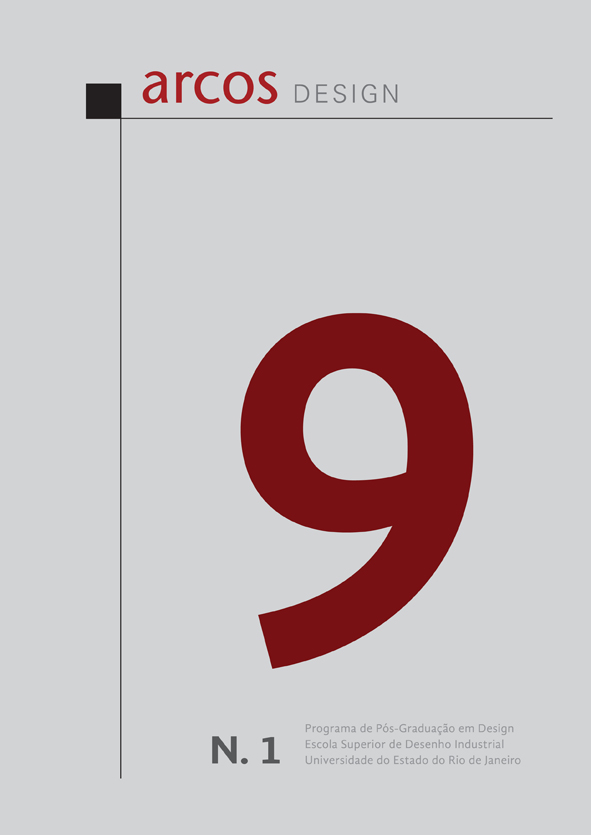Five axes towards a philosophy of design
DOI:
https://doi.org/10.12957/arcosdesign.2016.13055Keywords:
philosophy of design, disciplinary borders, theoretical axis.Abstract
This article offers some contributions for the structuring of a philosophy of design. It delineates five reflexive axis that could form the core of this discipline. Thinking about the structure of a philosophy of design in terms of axis opens up the possibility of leaving behind closed definitions of design. Each axis approaches the subject “design” from a different angle: In the first axis, the design is seen as a carrier of meaning; in the second, as a carrier of affects; in the third, as a means of dealing with new technologies and with the new ways of “being in the world” they bring forward; in the fourth, as a constitutive part of cultures defined by the centrality of media and consumption; in the fifth, as a specific way of thinking, knowing and articulating “modes of being”.Downloads
Download data is not yet available.
Downloads
Published
2016-10-26
How to Cite
PORTUGAL, Daniel B.; BECCARI, Marcos. Five axes towards a philosophy of design. Arcos Design, Rio de Janeiro, v. 9, n. 1, p. 1–14, 2016. DOI: 10.12957/arcosdesign.2016.13055. Disponível em: https://www.e-publicacoes.uerj.br/arcosdesign/article/view/13055. Acesso em: 4 aug. 2025.
Issue
Section
Artigos
License
Autores que publicam nesta revista concordam com os seguintes termos:
- Os Direitos Autorais dos artigos publicados na revista Arcos Design pertencem ao(s) seu(s) respectivo(s) autor(es), com os direitos de primeira publicação cedidos à Arcos Design com o trabalho simultaneamente licenciado sob uma Licença Creative Commons CC BY-NC-SA 4.0, a qual permite o compartilhamento do trabalho com reconhecimento da autoria e publicação inicial nesta revista. Para mais informações ver: https://creativecommons.org/licenses/by-nc-sa/4.0/
- O(s) autor(es) tem/têm autorização para assumir contratos adicionais separadamente, para distribuição não-exclusiva da versão do trabalho publicada nesta revista (ex.: publicar em repositório institucional ou como capítulo de livro), com reconhecimento de
autoria e publicação inicial nesta revista. - Autores têm permissão e são estimulados a publicar e distribuir seu trabalho online (ex.: em repositórios institucionais ou na sua página pessoal) a qualquer ponto antes ou durante o processo editorial, já que isso pode gerar alterações produtivas, bem como aumentar o impacto e a citação do trabalho publicado.


